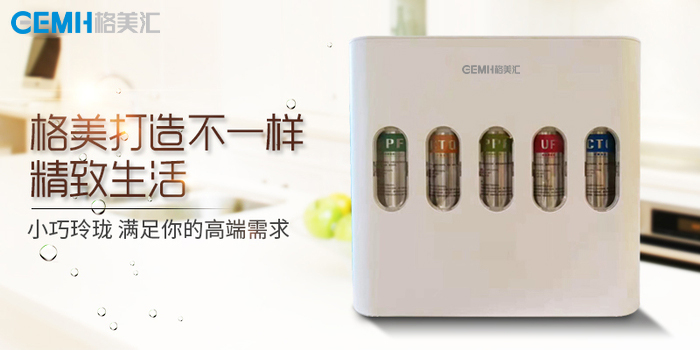A multistage under sink water filter.
Particulate filters reduce sediment, such as rust particles, dirt and sand. Multistage systems often use these as a first stage to keep the particles out of other filters.
Activated carbon filters reduce certain contaminants by chemically bonding with them. These are common filter types for addressing tastes and odors caused by chlorine. Some activated carbon filters also reduce other contaminants, such as lead and mercury.
Reverse osmosis (RO) filtration forces water through a membrane, collecting contaminants larger than the water molecules. While reverse osmosis doesn't remove chlorine, it reduces other contaminants that carbon filters can't. Reverse osmosis systems generate several gallons of waste water for every gallon they filter. They can also remove beneficial minerals in addition to contaminants, so some systems are designed to restore these minerals to the water. Reverse osmosis can reduce contaminants, such as lead, bacteria, parasites and viruses.
Ion-exchange filtration replaces contaminant ions with additives that are more acceptable. Water softeners use this process to treat hard water, exchanging magnesium and calcium for sodium. Ion exchange also reduces containments, such as cadmium, copper and zinc.
Oxidation reduction (redox) filtration converts contaminant molecules, such as those of chlorine, into different molecules that lack the negative effects. This filtration method can reduce things, such as chlorine, lead and bacteria.
Ultraviolet (UV) filtration uses UV light to remove some bacteria, viruses and cysts. UV filtration doesn't remove chemicals.

